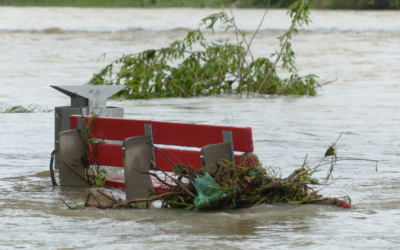Executive Summary
Our nation’s infrastructure bears on many types of foundations. Generally speaking, they can be classified into two different types: shallow or deep foundations.
What’s a foundation?
Loads on structures are created by all sorts of sources. Just the pure weight of the structure, or people walking in or on the structure, wind pushing the structure, or even earthquakes, will cause different loads on a structure. Because we have gravity, eventually all of these loads are held up by the earth. Each of your foundations come in contact with, and resist, the load from the structure’s foundation.
But whether that load is captured near the surface, tens or hundreds of feet below the surface, or in between, will define a shallow or deep foundation.

What’s a shallow foundation?
They’re likely used in your single-family home. A trench is dug and your basement or first floor wall ties into a concrete slab which was poured in this trench. That concrete slab bears on earth below it. This slab which makes contact with the earth is called a footing. It’s considered shallow because it’s near the surface.
What’s a deep foundation?
Deep foundations usually go tens or hundreds of feet into the ground. They usually require special types of construction equipment. Probably the most common type of deep foundation is called a pile foundation. Drilled piles, caissons, precast piles, and H-piles are all designed to transfer load by bearing and/or by friction.
Bearing is common and simple – the bottom of a building sits on numerous piles which are, say, 40’ long and are precast concrete. These piles were all driven to refusal (to a point where they could not be driven any deeper by the driving equipment) into rock. It then follows that when loads transfer to these piles, the piles bear into a rock layer and the rock layer prevents the piles from moving.
Friction piles rely on the surface area of the pile to the adjacent earth. The friction between the side of the pile and the earth prevents the pile from moving vertically thus allowing structure settlement.
Both bearing and friction are simply that – a means of resisting load from the structure using both end bearing and friction resistance from the sides of the pile.
My Story
As a heavy/civil, non-specialized, contractor I really only self-performed shallow foundations (concrete spread footings and strip footings). But we had some great subcontractors who installed H-pile, drilled shaft, precast pile, pin pile, and more. To me this is the fun stuff. What wasn’t talked about was testing the foundation. That’s another complexity and maybe another article. Generally speaking, the deeper foundations have heavier loads (bridges, tall buildings, treatment plants, et cetera). It’s all fun stuff!
Work safe!






0 Comments